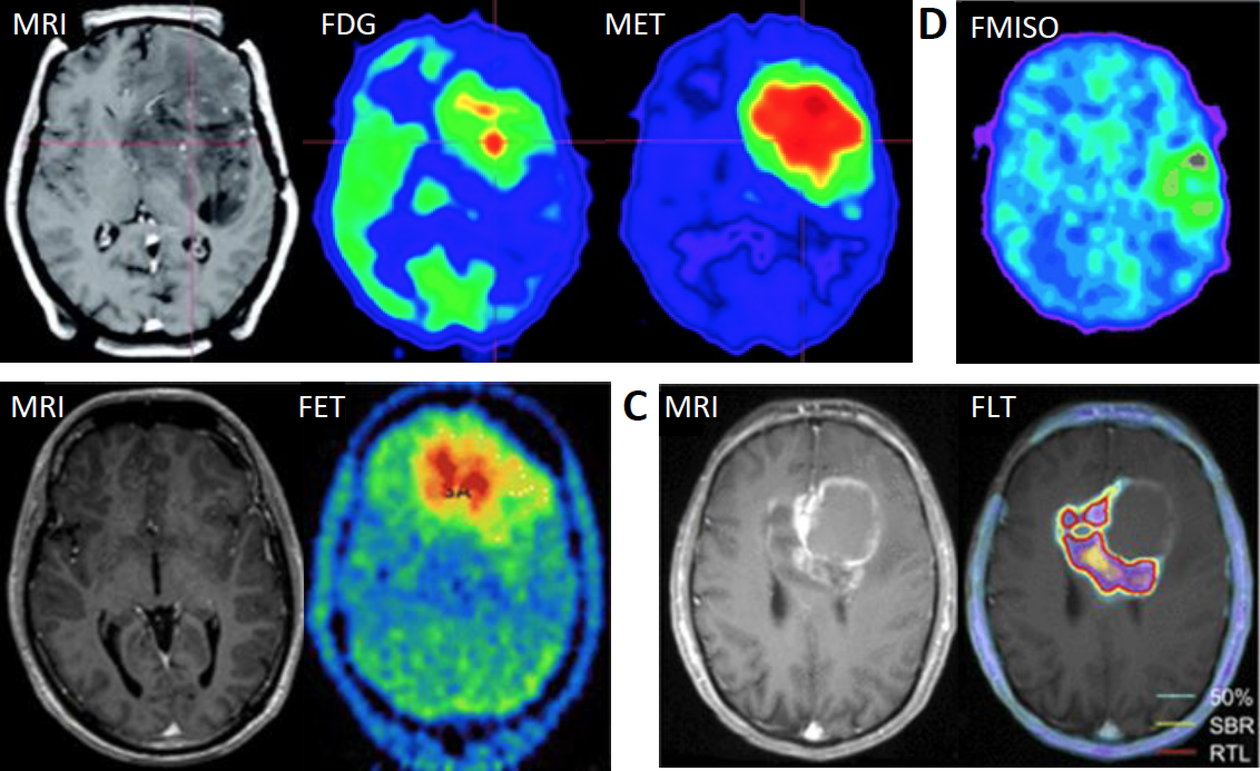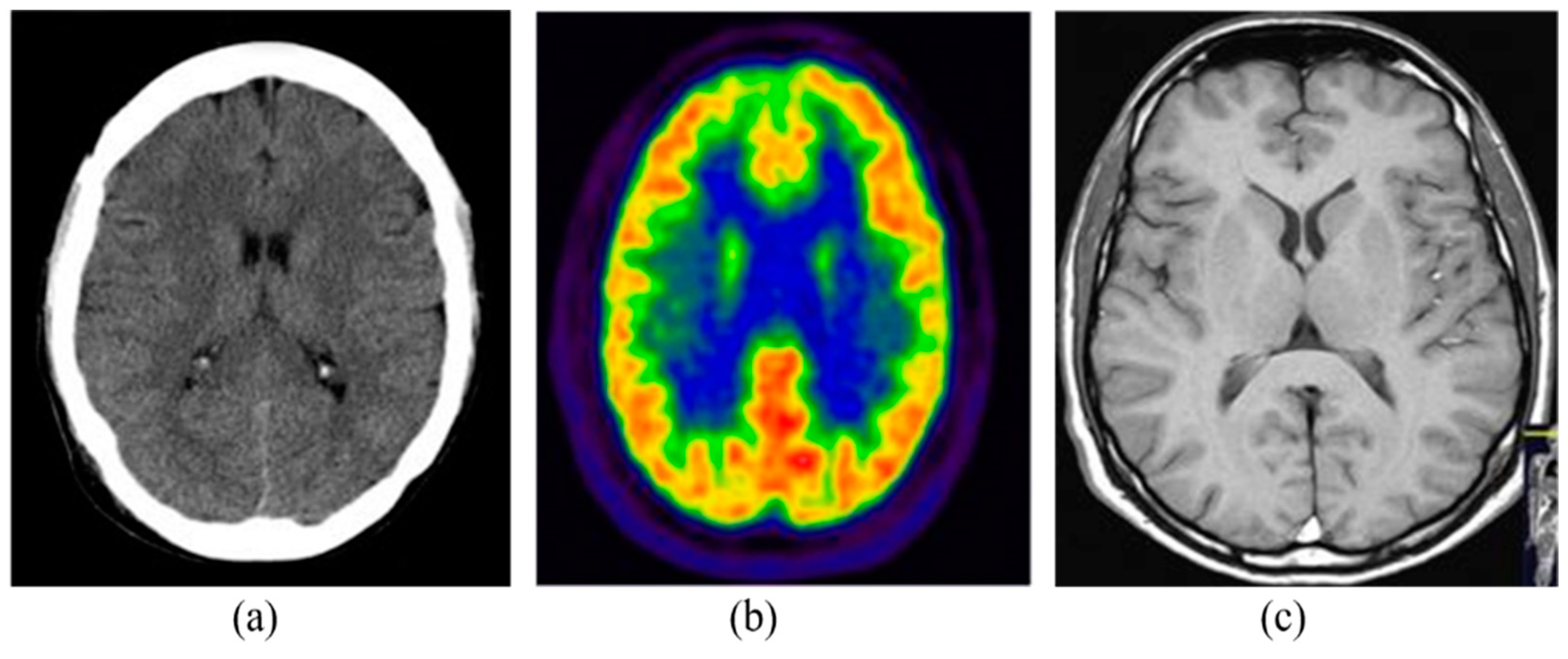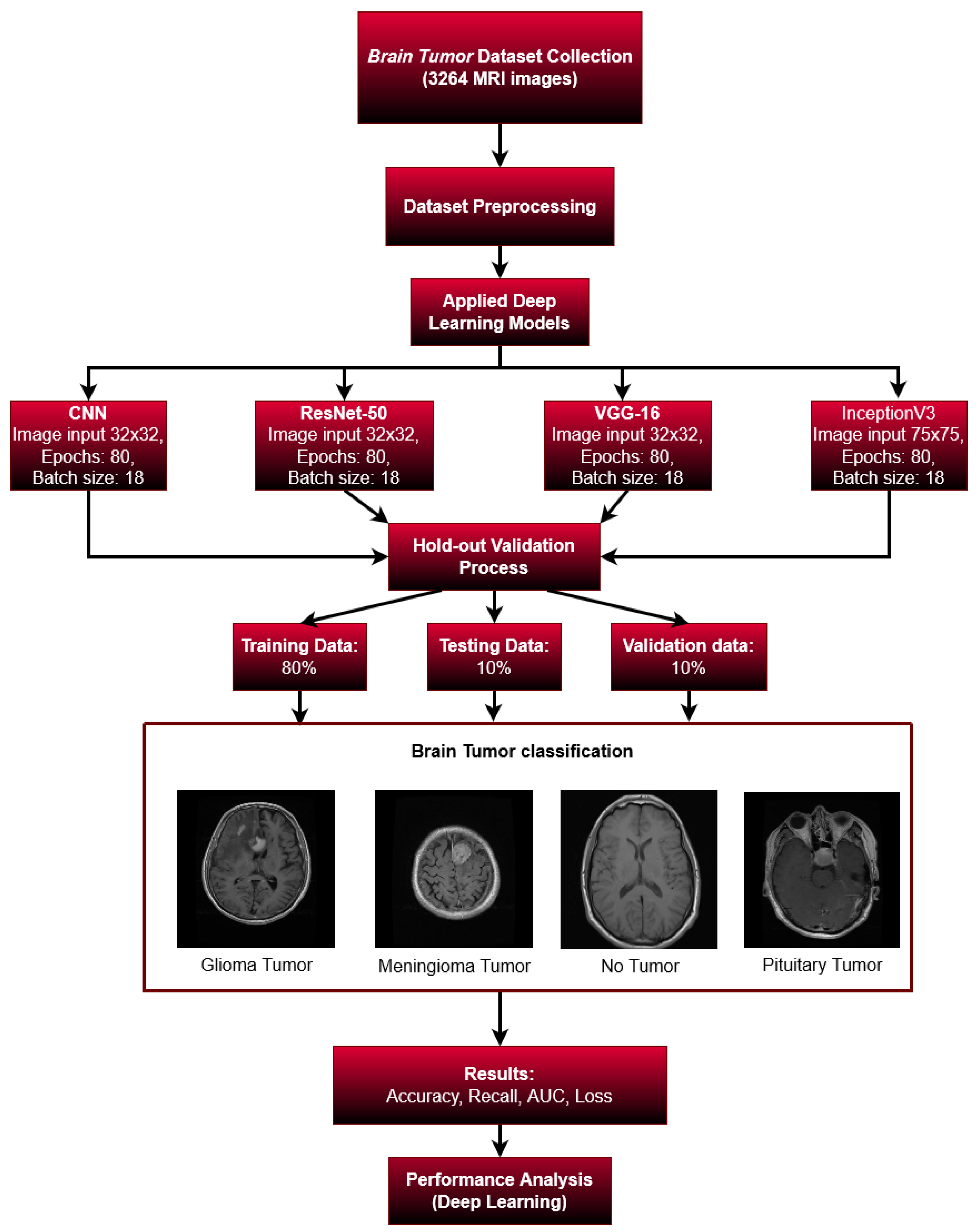Can Eye Exams Detect Brain Tumors?
Can a routine eye exam truly uncover something as serious as a brain tumor? The answer is a resounding yes. Early detection through ophthalmological exams can be the critical factor in successful treatment and improved patient outcomes.
The connection between eye health and brain tumors might seem surprising, but the eyes offer a unique window into the brain's well-being. When a tumor develops within the brain, the resulting pressure can impact the optic nerve and surrounding structures, leaving telltale signs detectable during a comprehensive eye exam. These subtle changes, often invisible to the individual, can be the first clue to a potentially life-threatening condition. Swelling of the optic disc, changes in the optic nerves color, and even alterations in pupil size can all signal the presence of a brain tumor.
| Area of Expertise | Ophthalmology, Brain Tumor Detection |
| Relevant Professional Organizations | American Academy of Ophthalmology (AAO), American Association of Neurological Surgeons (AANS) |
| Relevant Research/Publications | Numerous studies published in peer-reviewed journals such as Ophthalmology and Journal of Neurosurgery demonstrate the correlation between eye health and brain tumor detection. |
| Reference Website | American Academy of Ophthalmology (AAO) |
Consider the case of a patient experiencing persistent, unexplained blurred vision. A visit to their optometrist reveals not a simple refractive error, but swelling of the optic nervea potential indicator of increased intracranial pressure. This discovery leads to further investigation, including imaging scans, which ultimately confirm the presence of a brain tumor. While this scenario might sound alarming, it underscores the critical role eye care professionals play in early diagnosis.
Tumors can exert pressure on the brain, causing fluid buildup that impacts the optic nerve. This pressure can manifest as swelling of the optic disc, a structure located at the back of the eye where the optic nerve connects to the retina. Ophthalmologists can observe this swelling during a dilated eye exam, utilizing specialized instruments like an ophthalmoscope. The discoloration of the optic nerve is another key indicator. A healthy optic nerve typically appears pink or slightly yellowish. However, pressure from a tumor can disrupt blood flow and cause the nerve to appear pale or discolored. These subtle but significant changes are often the first visible signs of a developing brain tumor.
Beyond the optic nerve itself, tumors can also impact vision in other ways. Loss of peripheral vision, double vision, and changes in pupil size or reactivity are all potential symptoms of a brain tumor that may prompt an individual to seek an eye exam. These symptoms can arise due to the tumor's location and its impact on the visual pathways within the brain. While these vision changes can be caused by a variety of conditions, their presence warrants a thorough evaluation to rule out a brain tumor.
Technological advancements have significantly improved the accuracy and effectiveness of brain tumor detection through eye exams. Optical coherence tomography (OCT), a non-invasive imaging technique, allows ophthalmologists to create detailed cross-sectional images of the retina and optic nerve, providing valuable information about the nerve's thickness and structure. Fluorescein angiography, another diagnostic tool, involves injecting a fluorescent dye into the bloodstream and observing its flow through the blood vessels in the eye. This technique can help identify abnormal blood vessel growth or leakage, which can be indicative of a tumor.
Early detection is paramount when it comes to brain tumors. The earlier a tumor is diagnosed, the more treatment options are available and the greater the chances of successful intervention. Surgical removal, radiation therapy, and chemotherapy are among the treatment modalities employed, and their effectiveness is often directly related to the stage of the tumor at the time of diagnosis.
The crucial takeaway is that regular eye exams are not just about vision correction. They are an integral part of overall health maintenance and can be life-saving. By recognizing the subtle signs within the eye, ophthalmologists can play a crucial role in the early detection and treatment of brain tumors, ultimately improving patient outcomes and preserving quality of life. Don't underestimate the power of a comprehensive eye examit could be the key to safeguarding your brain health.
Regular eye checkups are essential for overall health and well-being. While most individuals associate these exams with vision correction, they also serve as a valuable screening tool for a range of health conditions, including brain tumors. The eyes offer a unique glimpse into the body's internal workings, and skilled eye care professionals can detect subtle changes that may signal underlying health issues.
The story of Sarah Cardwell from Leeds, who was diagnosed with a brain tumor after experiencing blurred vision and seeking a routine eye exam, exemplifies the importance of vigilance and early detection. Her experience serves as a powerful reminder that seemingly minor vision changes can be indicative of serious underlying conditions. By prioritizing regular eye exams and heeding unusual visual symptoms, individuals can take proactive steps to protect their health.


